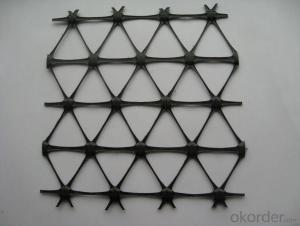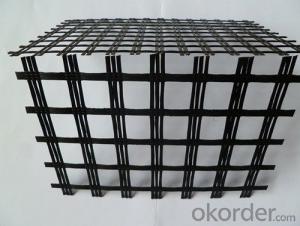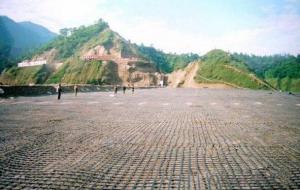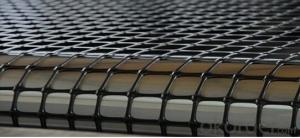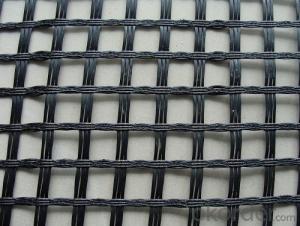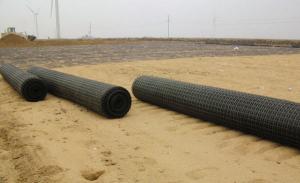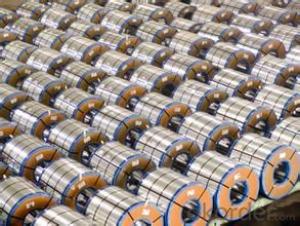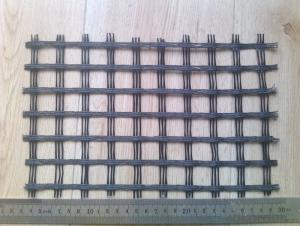Geogrid Walls
Geogrid Walls Related Searches
Led For Cannabis Growing Fiberglass Panels For Roofing Geogrid For Retaining Wall Geogrid For Erosion Control Geogrid For Road Stabilization Geogrid For Gravel Roads Geogrid For Gravel Driveway Geogrid For Roads Geogrid For Driveway Geogrid For SlopesHot Searches
Steel Mesh Panels For Sale Price For Stainless Steel Scrap Scrap Price For Stainless Steel Cheap High Tea Sets For Sale Stainless Steel Tanks For Sale High Density Fiberboard For Sale Solar Hot Water Collectors For Sale Scaffolding For Sale In Uae Scaffolding For Sale In Ireland Scaffolding For Sale In Houston Type Of Inverter For Solar Price Of Shipping Containers For Sale Types Of Inverter For Solar Stock Price For Aluminum Used Solar Inverter For Sale Portable Led Signs For Sale Stone Hot Water Bottles For Sale Large Led Screens For Sale Used Aluminum Scaffolding For Sale Steel Mesh Panels For SaleGeogrid Walls Supplier & Manufacturer from China
Okorder.com is a professional Geogrid Walls supplier & manufacturer, offers integrated one-stop services including real-time quoting and online cargo tracking. We are funded by CNBM Group, a Fortune 500 enterprise and the largest Geogrid Walls firm in China.Hot Products
FAQ
- Geogrids improve the performance of geosynthetic clay liners by enhancing their tensile strength and reducing lateral movement or deformation. The geogrids act as a reinforcement layer, providing additional stability and support to the clay liner. This helps to prevent cracking, shifting, and erosion of the liner, ultimately enhancing its overall performance and durability.
- Yes, geogrids can be used in temporary slope stabilization applications. Geogrids are commonly used for soil reinforcement and stabilization purposes, and they can provide temporary stability to slopes by improving the overall strength and integrity of the soil. However, it is important to consider the specific site conditions and requirements before using geogrids, as their effectiveness may vary depending on factors such as soil type, slope angle, and duration of stabilization needed.
- Yes, geogrids are suitable for use in reinforced embankments. Geogrids provide soil stabilization and enhance the strength of the embankment by distributing loads and reducing lateral movement. They have been widely used in various civil engineering projects for reinforcing slopes and retaining walls, making them a reliable and effective solution for reinforced embankments.
- Geogrids are commonly used in various civil engineering applications. They are primarily used for soil stabilization, reinforcement, and erosion control in projects such as retaining walls, slopes, embankments, roadways, and pavements. Geogrids help improve the overall strength and stability of these structures by distributing loads, reducing lateral movement of soil, and preventing soil erosion.
- Geogrids help reduce carbon footprint in construction projects by enabling the use of locally available materials instead of importing heavy construction materials, which reduces transportation emissions. Additionally, geogrids enhance the stability and load-bearing capacity of soil, reducing the need for extensive excavation and the use of concrete and steel, which are carbon-intensive materials. Moreover, geogrids can extend the lifespan of roads and structures, reducing the frequency of repairs and reconstruction, thereby minimizing the carbon emissions associated with construction activities.
- Geogrids are typically made of high-strength polymers or metals and are characterized by their grid-like structure. They possess high tensile strength, low elongation, and excellent resistance to chemical and biological degradation. Geogrids are designed to provide reinforcement and stabilization to soils, preventing the lateral movement of particles and improving the overall load-bearing capacity of the ground. They are also known for their ability to distribute loads, reduce settlement, and enhance the performance of civil engineering projects such as retaining walls, embankments, and roadways.
- What kind of geogrid can meet the requirements
- If it is reinforced soil retaining wall or steep slope, the use of polyethylene products: Specifications: TGDG80 (HDPE), do not know how to view the national standard: GBT17689-2008
- Geogrids offer several advantages, including improved soil stabilization, increased load-bearing capacity, and enhanced drainage capabilities. These materials reinforce the soil structure, preventing erosion and promoting long-term stability. Geogrids also minimize the need for excessive excavation and reduce construction costs, making them an economical solution. Additionally, they can be easily installed, making them a convenient choice for various projects.
















